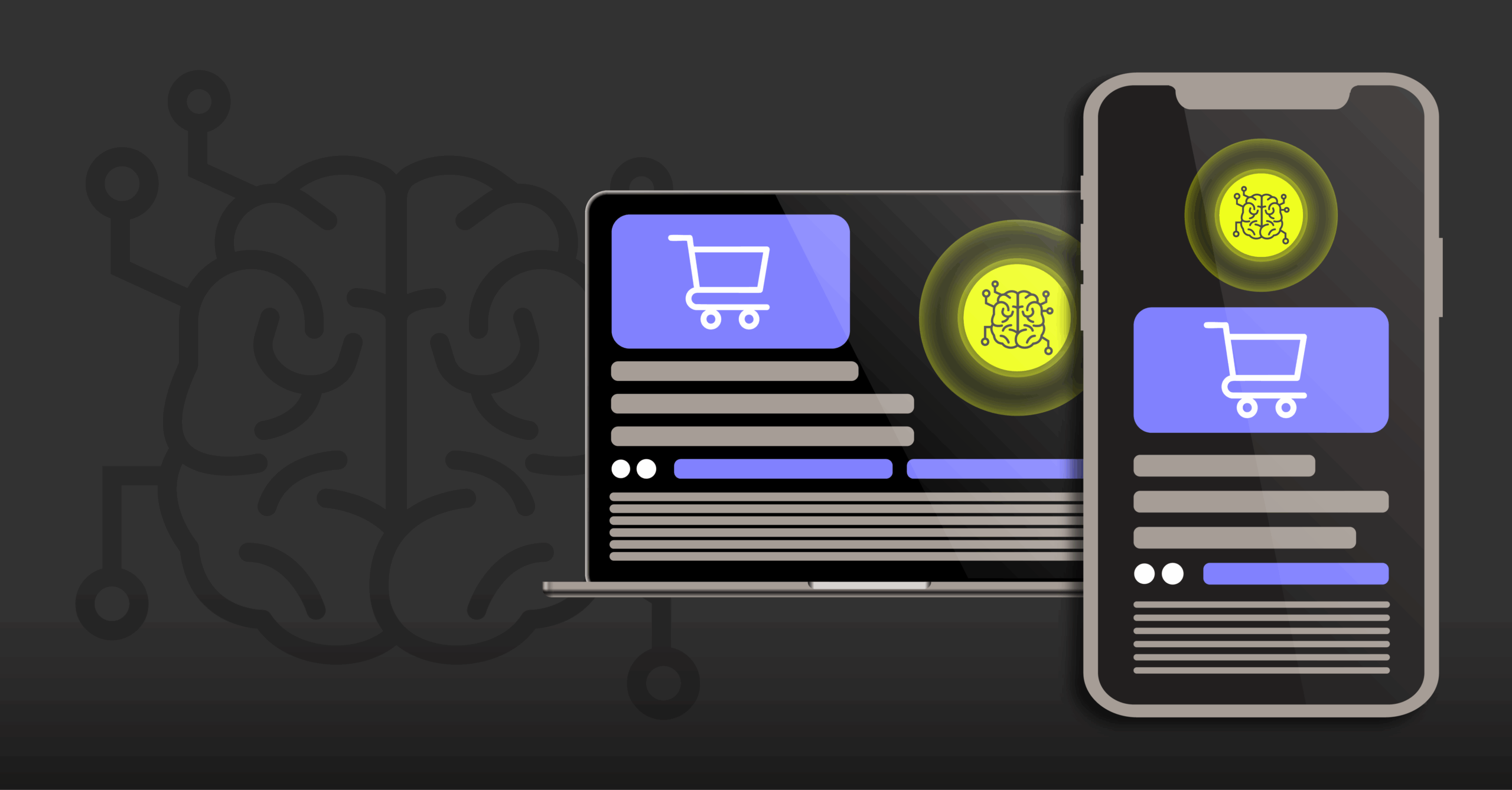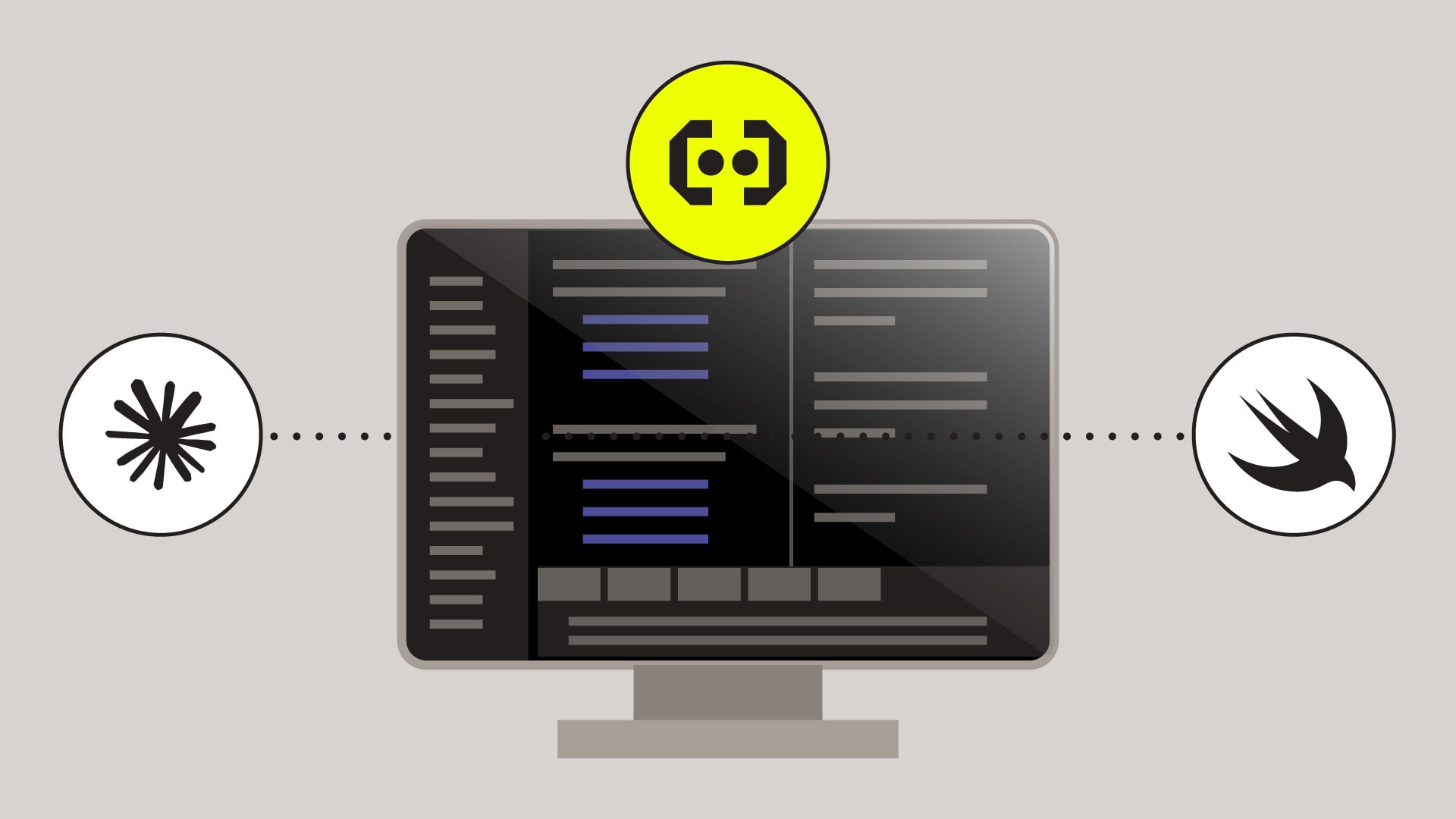
TL;DR
- Embrace is building AI and MCP capabilities that make real user data directly actionable for developers, whether to help understand a flame graph or utilize stack traces when solving an exception or crash directly in your IDE
- By combining OpenTelemetry and high cardinality data collection with AI-driven query translation, we’re helping teams uncover insights and reach root cause faster
- Our goal: bring intelligent, user-focused observability to every engineer so they can spend less time fixing and more time building



